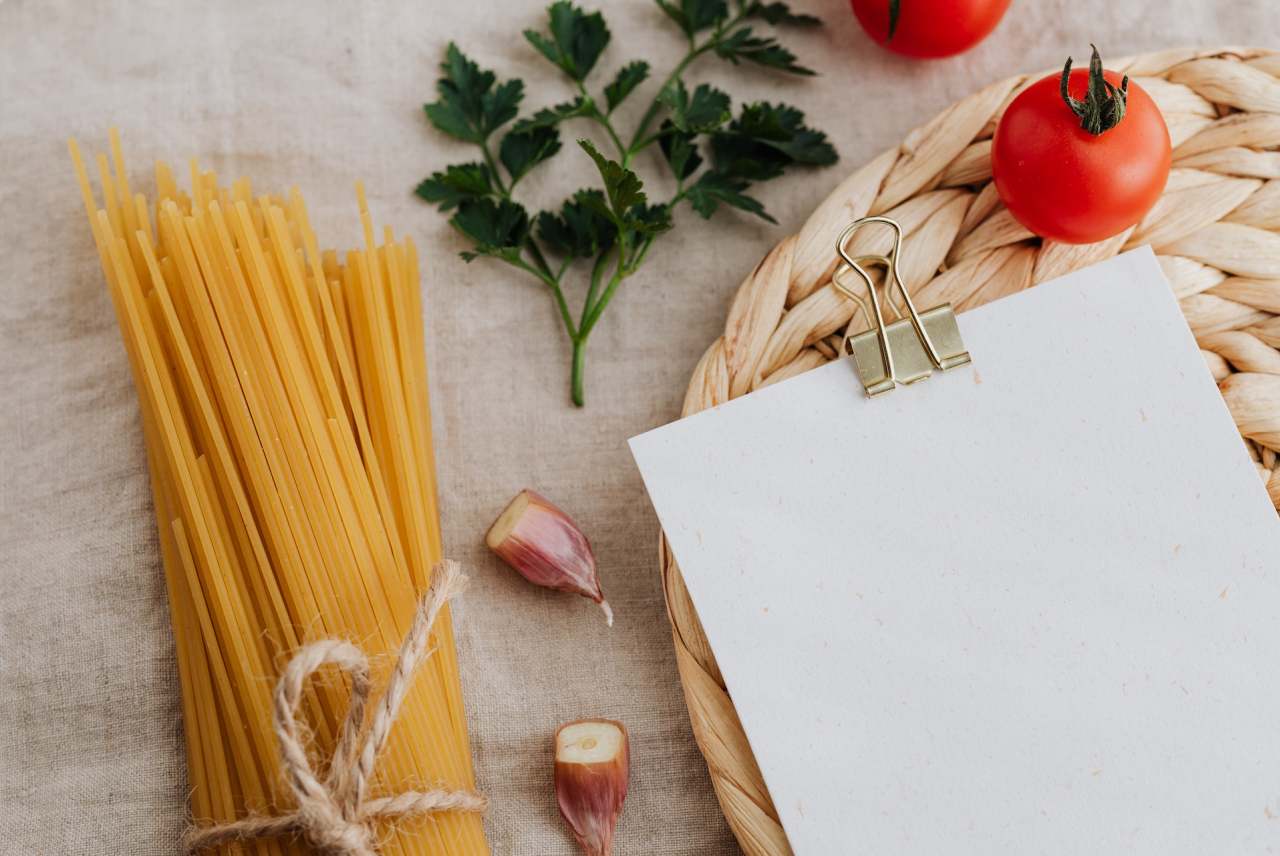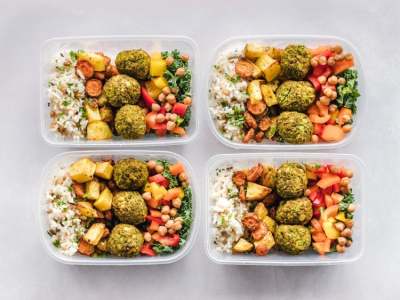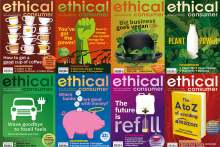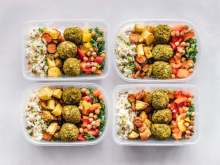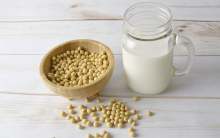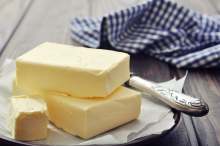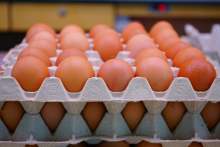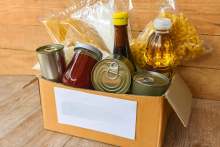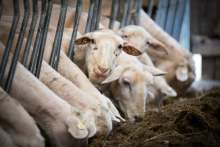Meat and dairy accounts for almost 15% of our total global emissions. Reducing the amount we eat is therefore going to be crucial to curbing climate breakdown. In fact, in October 2023, Ethical Consumer’s Climate Gap report named it as one of 10 key consumer actions we must take if we’re to achieve the UK’s national climate targets.
In this article, we give ten tips to cut down on meat and dairy, and discuss why it’s so important.
10 tips to cutting down on meat and dairy
For some, cutting down on meat and dairy will seem like a fun challenge: a way to learn new recipes, find new places to eat or feel assured you’re taking climate action. For others, it may be more daunting.
Luckily, there is a wealth of resources and support out there to help you learn about nutrition, track your progress or feel part of a wider movement.
1. Set yourself a realistic goal
Your food goal can be as big or as small as you like. For example, you could try not to eat meat for lunch, or you could limit yourself to just one meat-eating day a week or start with one vegetarian day a week.
People across the UK will have to cut their meat and dairy consumption by 13% between now and 2030 if we’re to meet national carbon reduction targets. Why not think about what 13% less meat and dairy would look like in your life and set this as your goal?
2. Build in gradual changes
You don’t have to give up everything all at once if it isn’t right for you. Swap the ham out of your sandwich, use vegetarian mince instead of meat mince, substitute oat milk for dairy milk.
Our shopping guides provide more details on some of the main types of food where you can make swaps for plant-based alternatives.
